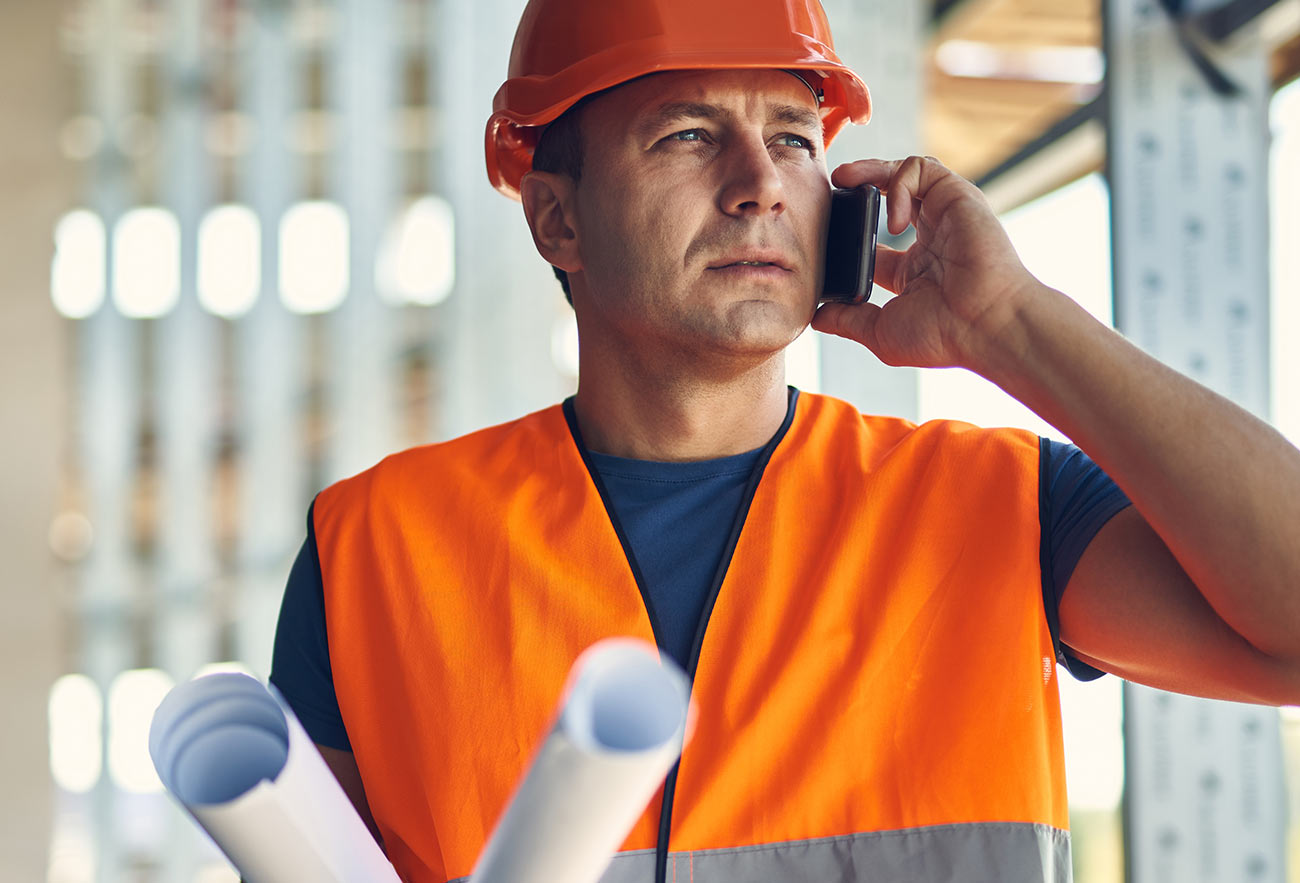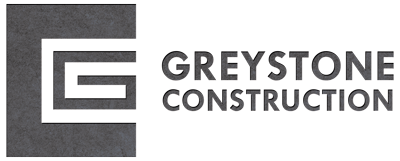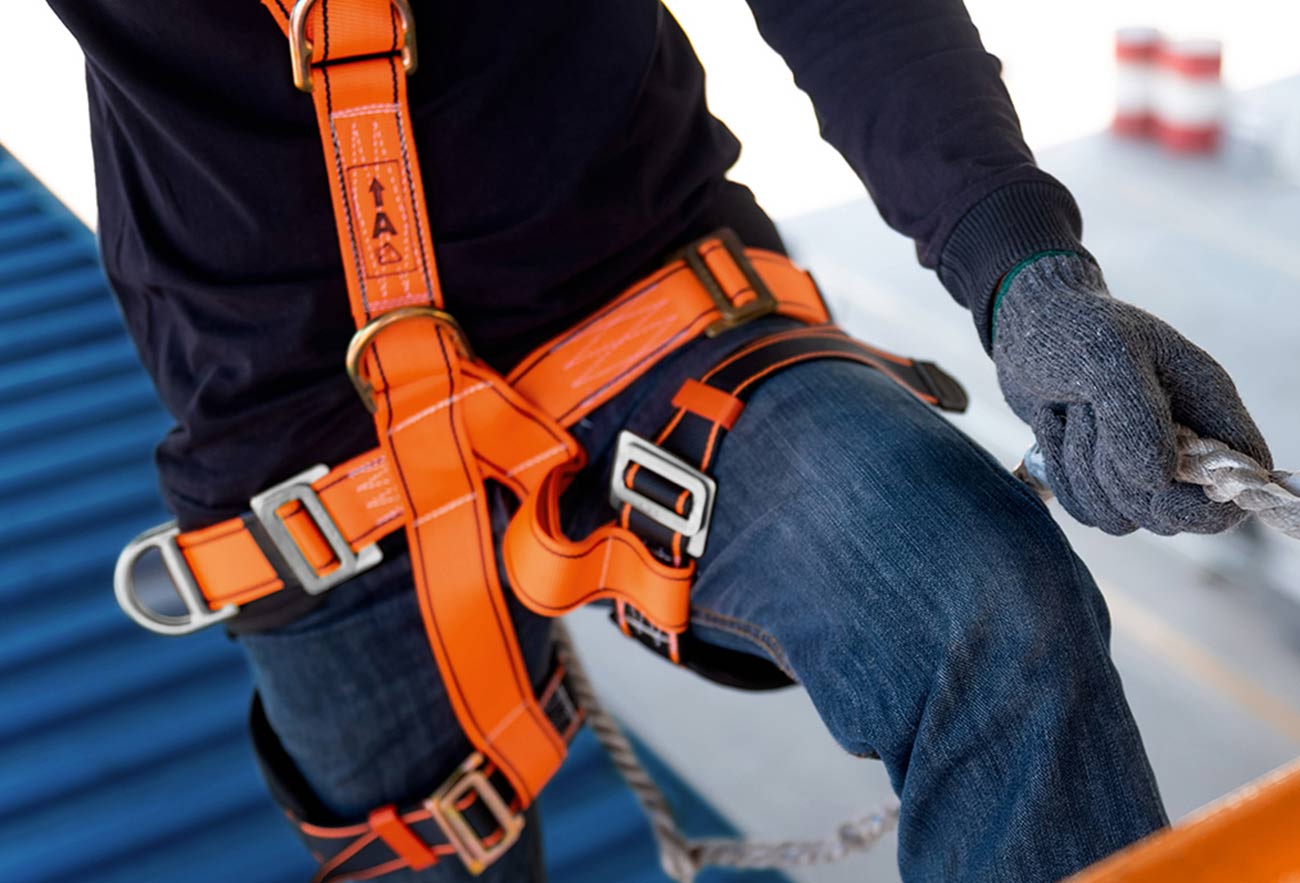
Establishing & Maintaining Communication Procedures
COMMUNICATION METHODS FOR ANY CONSTRUCTION SITE
Clear communication is a general contractor’s key to improving safety, productivity, organization and cost-effectiveness on the job. It’s crucial to establish helpful communication methods for any construction site.
Communication comes in many forms, including email, text, phone calls, instant messaging, radios, intercoms, in-person meetings, signs and hand signals. If your communication flows smoothly, so will your project. It’s all about developing a culture of collaboration within your crew and management structure.
If your communication flows smoothly, so will your project. It’s all about developing a culture of collaboration within your crew and management structure.
Check out these three methods for fostering strong communication practices on any construction site:
.01 Establish a formal communication chain
A formal communication chain is the foundation of a successful construction project. It’s all about getting the right information to the right people at the right time. All team members should have a point of contact.
It’s also important to have one central location where project communications can be found, such as a mobile app. This makes it easier for workers to access the latest project details. Of course, verbal and face-to-face communication will always be key parts of the equation.
The project superintendent is typically the main point of contact for project updates. This person can help the team keep a record of all communication that occurs during a construction project as well as communicate important details like safety best practices for a particular task.
.02 Make sure your messages are clear, concise and timely
When conveying an important message to your crew, it’s important to be quick and to the point. Speak in layman’s terms because some co-workers might not have the specific knowledge you do in technical areas like building codes and permits.
To make sure your message has been received, it’s OK to have workers repeat information back to you. This is especially important for crucial job site details. There are many distractions on construction sites, so it is important to make sure everyone is listening and on the same page.
It’s also important to let your team know they can ask questions when they don’t understand something. If they do have questions, be prompt in your response and keep your word. Especially be clear when it comes to safety. Safety is priority No. 1 on every job site.
.03 Choose the right platform for your message
Choosing the right communication platform depends on your goals and the complexity of your message. While an email might be sufficient in one case, a face-to-face meeting could be ideal in another. If it’s tough to convey a message in a couple of paragraphs and additional feedback is required, it might be time for a phone call or face-to-face meeting.
Review written messaging before sending it out and don’t be afraid to get a trusted colleague’s opinion on your message before sending it. You can also break up your paragraphs to make your message easier to understand. We suggest using bulleted lists for in-depth information.
In noisy situations it is important to use hand signals. As human beings, much of our communication is nonverbal. Flags, lights and visual alarms are also invaluable when it comes to safety and efficiency.


